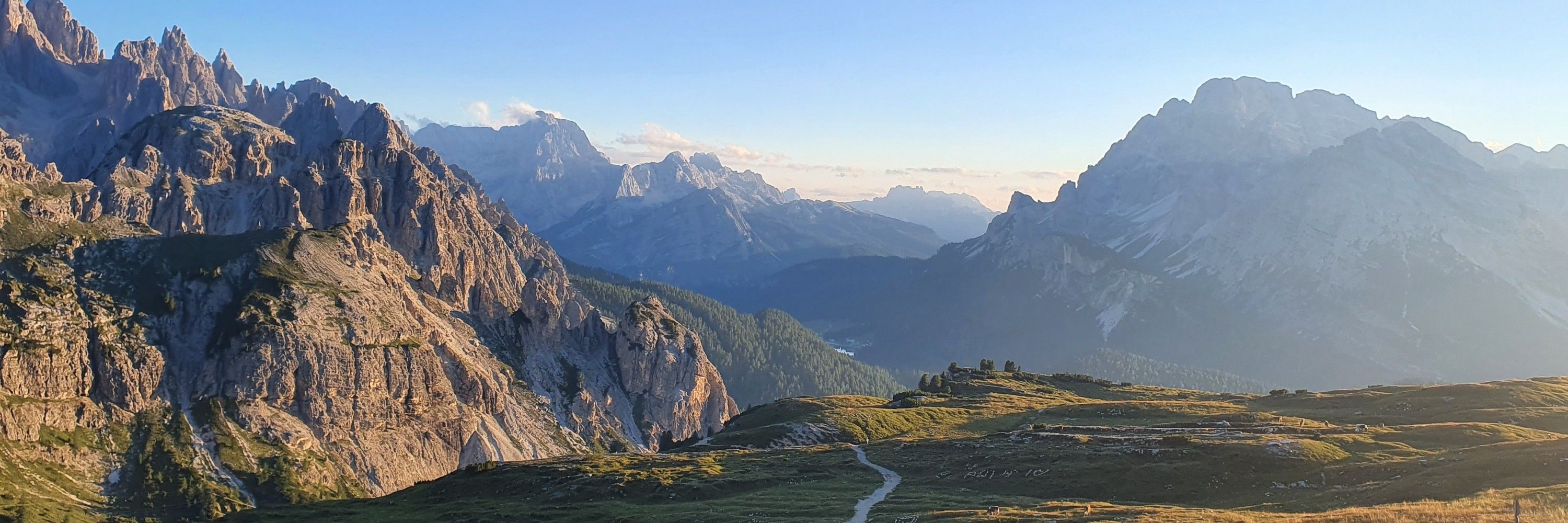
https://grassocamille.netlify.app/
Spoiler: Durations are mentally organised along (at least) three interpretable dimensions! More complex structure than we previously assumed.
Spoiler: Durations are mentally organised along (at least) three interpretable dimensions! More complex structure than we previously assumed.
We compare humans and neural networks in a learning task, showing how training regime and task similarity interact to drive transfer or interference.
www.biorxiv.org/content/10.1...

We compare humans and neural networks in a learning task, showing how training regime and task similarity interact to drive transfer or interference.
www.biorxiv.org/content/10.1...
Intrinsic interval timing, not temporal prediction, underlies ramping dynamics in visual and parietal cortex, during passive behavior
www.biorxiv.org/content/10.1...

Intrinsic interval timing, not temporal prediction, underlies ramping dynamics in visual and parietal cortex, during passive behavior
www.biorxiv.org/content/10.1...
mailchi.mp/28692b147cb0...

mailchi.mp/28692b147cb0...

@shawnrhoadsphd.bsky.social and I are looking for a joint postdoc interested in computational models of social interaction!
Interested? If you’ll be at #rlc2025 (or I missed you at #cogsci2025) feel free to reach out with any questions!
apply.interfolio.com/165809
@shawnrhoadsphd.bsky.social and I are looking for a joint postdoc interested in computational models of social interaction!
Interested? If you’ll be at #rlc2025 (or I missed you at #cogsci2025) feel free to reach out with any questions!
apply.interfolio.com/165809
Full program here:
www.unicog.org/seeing-the-m...

Full program here:
www.unicog.org/seeing-the-m...
In @Science.org we show that activity in 🧠 memory circuits (LEC) drifts constantly, but makes sharp jumps at key moments, segmenting life into meaningful events. (1/2)
👉 www.science.org/doi/10.1126/...
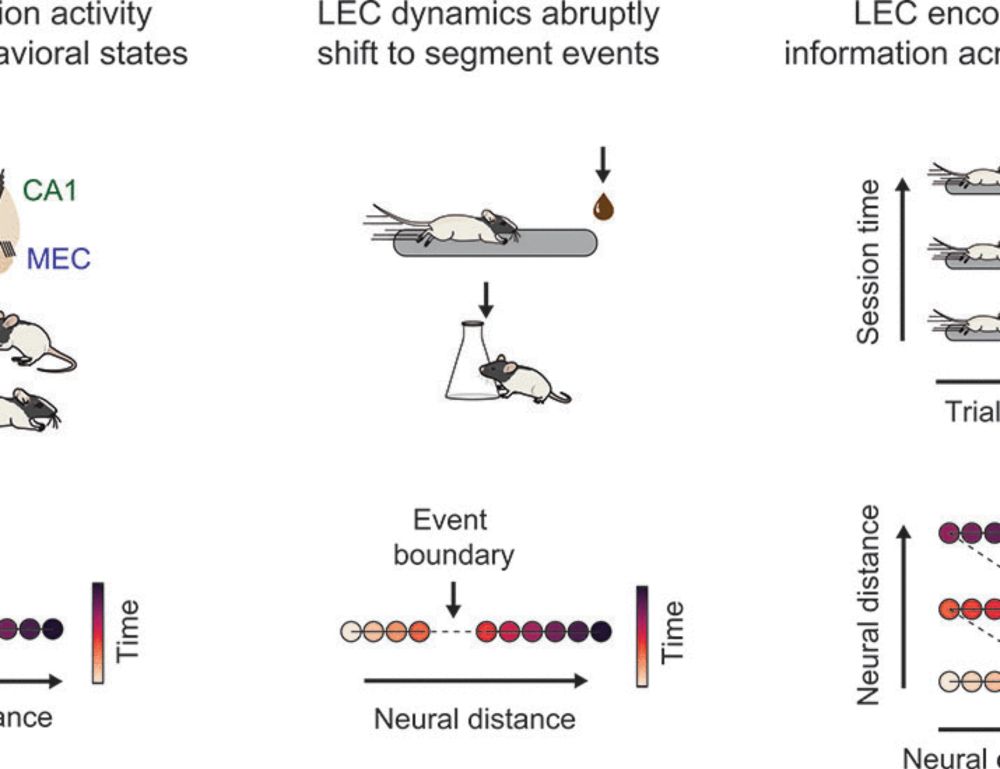
In @Science.org we show that activity in 🧠 memory circuits (LEC) drifts constantly, but makes sharp jumps at key moments, segmenting life into meaningful events. (1/2)
👉 www.science.org/doi/10.1126/...
Neural dynamics across cortical layers are key to brain computations - but non-invasively, we’ve been limited to rough "deep vs. superficial" distinctions. What if we told you that it is possible to achieve full (TRUE!) laminar (I, II, III, IV, V, VI) precision with MEG!

Neural dynamics across cortical layers are key to brain computations - but non-invasively, we’ve been limited to rough "deep vs. superficial" distinctions. What if we told you that it is possible to achieve full (TRUE!) laminar (I, II, III, IV, V, VI) precision with MEG!
We show that the dopamine system responds to natural breakpoints in experience, and this relates to more stretched memories of time. Blinking also increases, signaling encoding of new memories.
www.biorxiv.org/content/10.1...

We show that the dopamine system responds to natural breakpoints in experience, and this relates to more stretched memories of time. Blinking also increases, signaling encoding of new memories.
www.biorxiv.org/content/10.1...
Besides replicating our previous findings, we find that
alpha power reflects a universal signature of WM load and mediates recall precision, even for abstract information like duration
www.biorxiv.org/content/10.1...
🔽 co-authors below

Besides replicating our previous findings, we find that
alpha power reflects a universal signature of WM load and mediates recall precision, even for abstract information like duration
www.biorxiv.org/content/10.1...
🔽 co-authors below
A new Marie Skłodowska-Curie Actions Postdoctoral Fellowships 2025 call is now open.
With a budget of €404.3 million, it will support around 1,650 researchers from Europe and beyond.
Apply by 10 September → europa.eu/!fBTMgF
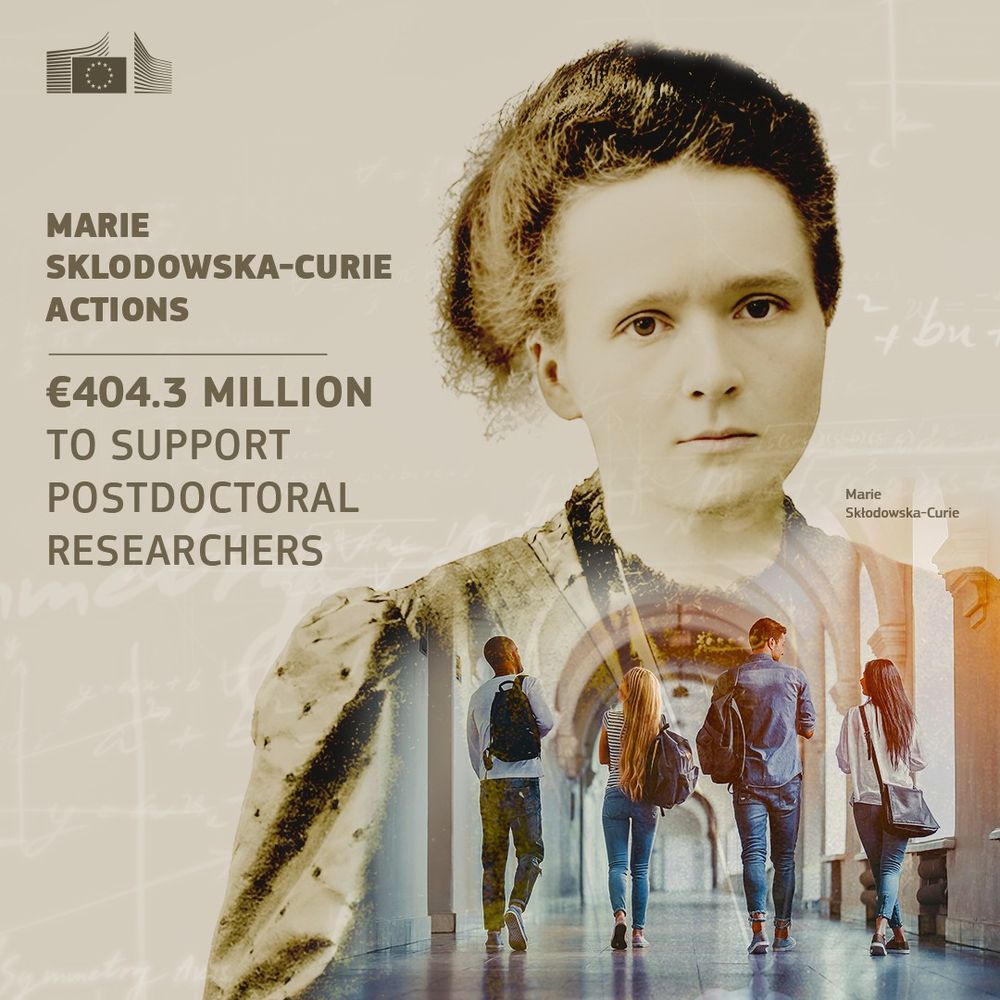
Reach out if you want to help understand cognition by modelling, analyzing and/or collect large scale intracortical data from 👩🐒🐁
We're a friendly, diverse group (n>25) w/ this terrace 😎 in the center of Paris! See👇 for + info about the lab
We have funding to support your application!

Reach out if you want to help understand cognition by modelling, analyzing and/or collect large scale intracortical data from 👩🐒🐁
We're a friendly, diverse group (n>25) w/ this terrace 😎 in the center of Paris! See👇 for + info about the lab
We have funding to support your application!
www.jneurosci.org/content/45/1...

www.jneurosci.org/content/45/1...
spontaneously replay temporal patterns"

spontaneously replay temporal patterns"
www.unicog.org/seeing-the-m...

www.unicog.org/seeing-the-m...
Nothing fancy, but if it helps someone, I'm happy :) grassocamille.netlify.app/files/gantt_...
Nothing fancy, but if it helps someone, I'm happy :) grassocamille.netlify.app/files/gantt_...

: youtube.com/playlist?lis.... They should cover the most common aspects of EEG/MEG analysis, including pre-processing, source estimation and functional connectivity.

: youtube.com/playlist?lis.... They should cover the most common aspects of EEG/MEG analysis, including pre-processing, source estimation and functional connectivity.
It's a lightweight #Rstats 📦 to draw beautiful and complex plots, using an ultra-simple and concise syntax.
This is a massive release! @gmcd.bsky.social @zeileis.org and I worked hard to add tons of new themes and plot types.
Check it out!
grantmcdermott.com/tinyplot/
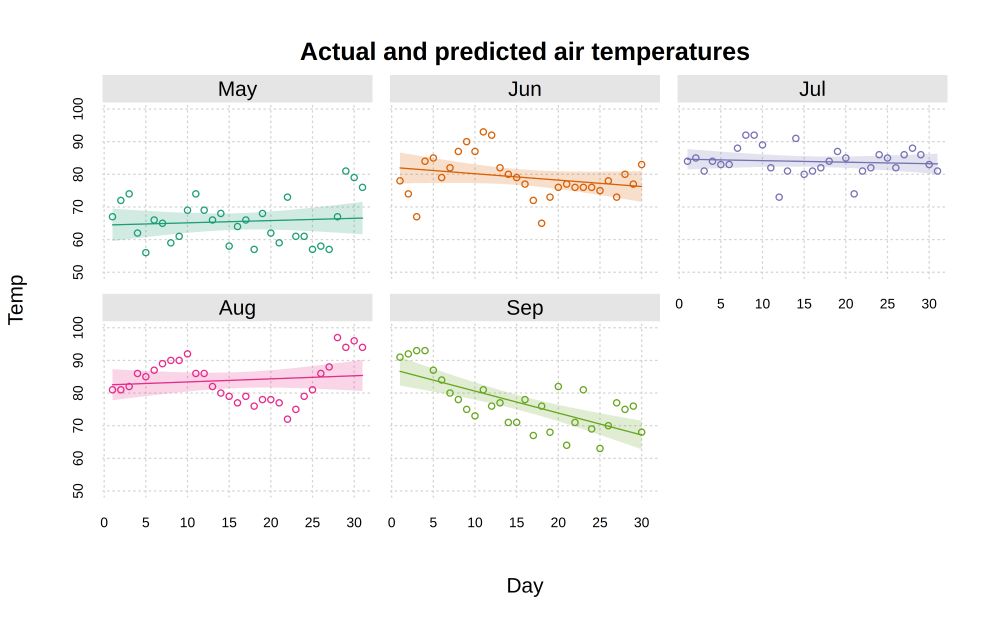

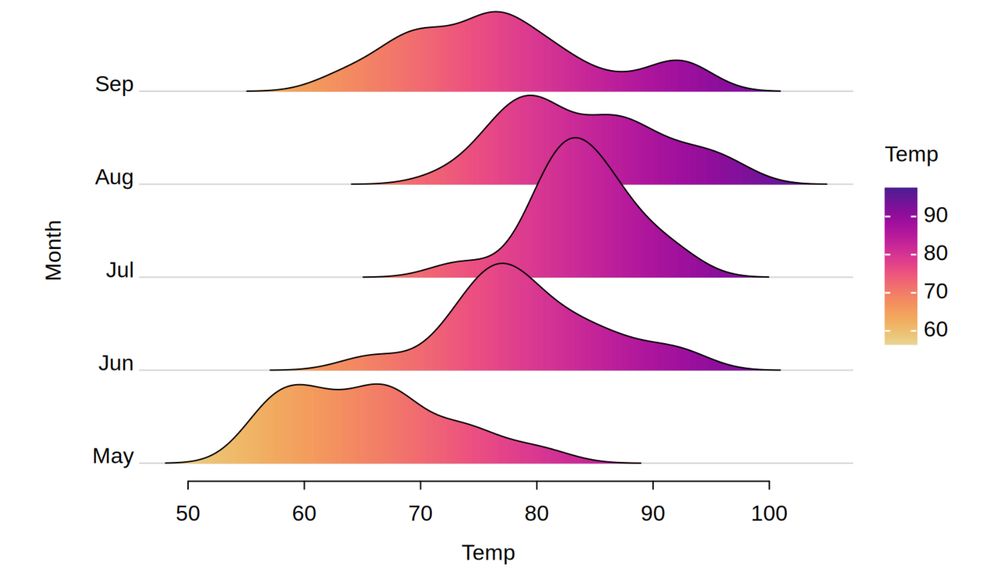

It's a lightweight #Rstats 📦 to draw beautiful and complex plots, using an ultra-simple and concise syntax.
This is a massive release! @gmcd.bsky.social @zeileis.org and I worked hard to add tons of new themes and plot types.
Check it out!
grantmcdermott.com/tinyplot/


